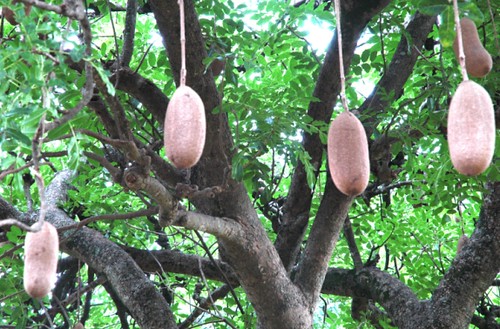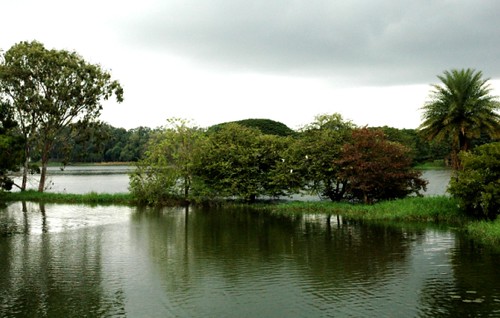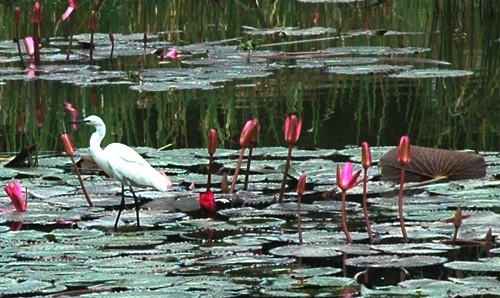Lalbagh




The garden city of Bangalore has now become a traffic jam city, but some remarkable oases of serenity remain. Lalbagh (‘Red Garden’) was established during the time of Hyder Ali (1722-1782) on the model of gardens laid out in earlier centuries by the Mughals. His son Tipu Sultan (1750-1799), whose envoys were in contact with European and Arabian monarchs, enlarged it by the addition of many different plants, procuring seeds and saplings from Kabul, Persia, Mauritius and Turkey. After Tipu’s defeat and death in the 4th Anglo-Mysore war, the East India Company took over Lalbagh, and it eventually passed to the British Government of India, who in due course elevated it to a Botanical Garden. Successive British and Indian officials added to the park’s collection till today it is a veritable zoo of exotic trees. The garden is now regarded as a guiding centre for research, extension and developmental activities for Karnataka. The waterways and marshes of Lalbagh also attract numerous birds and waterfowl.
Around 1537, Kempe Gowda I had laid out the basic plan of Bangalore. His son KG II had erected 4 watch-towers at different cardinal points to mark the city’s extent. One of these towers still exists at Lalbagh. It is built on a significant geological monument, a rock formation known as peninsular gneiss, which is one of the oldest land formations on earth – over 3 billion years old. Very gneiss.
Remarkable trees I have known: the bignonia family (Bignoniaceae) is a fascinating tropical family containing many vines, trees and shrubs with beautiful, showy blossoms. Perhaps the most unusual tree in this family is the sausage tree (Kigelia pinnata), a native of South Africa, with huge sausagelike fruits that hang down from the limbs on long, ropelike stalks. The ‘sausages’ can be half a meter long and weight 16 kilos.


0 Comments:
Post a Comment
<< Home